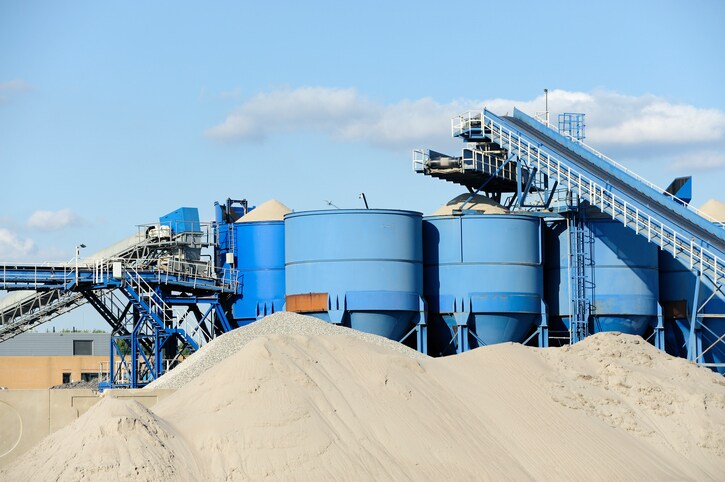 Coal and minerals mining, as well as cement, companies, utilize weighbelt feeders throughout their bulk material handling and processing operations. Precise feeding of process materials is often critical to maintaining product quality. A feeder that weighs accurately and reliably can reduce material waste, help maintain blend consistency and increase profits.
Coal and minerals mining, as well as cement, companies, utilize weighbelt feeders throughout their bulk material handling and processing operations. Precise feeding of process materials is often critical to maintaining product quality. A feeder that weighs accurately and reliably can reduce material waste, help maintain blend consistency and increase profits.
With this type of equipment, material is usually fed onto the feeder through an inlet feed section equipped with a manually adjustable vertical slide gate to control material height. The scale carriage/weighbridge assembly usually contains a strain gauge load cell that measures the gravitational force of the material and converts this force measurement into an electrical output signal proportional to belt loading. A digital speed sensor continuously monitors the belt speed and sends a representative signal to the electronics. The microprocessor-based electronics completes the weighing system by integrating the signals from the scale load cell and the speed sensor to produce an instantaneous rate.
Usually feeders are designed to meet the specific needs of an application in order to ensure that each system meets expectations for performance and dependability. However, the basic feeders are designed based on capacity and material being conveyed, so make sure you look for the one that best fits your needs before you ask for customization. Here are the three main weighbelt feeders to consider:
Heavy Duty
If you need a heavy duty weighbelt feeder, this design ensures that the construction provides larger pulleys and a very sturdy, rugged frame for increased accuracy in high-rate, heavy duty applications. It accommodates flow rates up to 816 metric tons (900 tons) per hour, and belt loadings up to 447 kg/m (300 lb/ft). In order to minimize downtime when the belt is being changed, it should incorporate an endless belt design.
Mid-Range
Mid-range weighbelt feeders measure industrial materials at moderate feed rates to reduce material waste, help maintain blend consistency and increase profits. They incorporate a unique cantilevered and formed channel frame design which provides a strong, sturdy weigh structure and allows for quick and easy maintenance to augment the performance of the process. This design accommodates flow rates of approximately 0.5 metric tons (0.5 tons) per hour up to 91 metric tons (100 tons) per hour, and belt loadings of 15 kg/m (10 lb/ft) to 170 kg/m (72 lb/ft).
Low Capacity / Light Materials
If you need a consistent flow of material, with increased sensitivity for more accurate weighing of the lightest materials, plus quick and easy cleaning and maintenance, a low-capacity weighbelt feeder is your best bet. This design is also available in stainless steel construction which provides improved corrosion resistance and washdown capabilities. It accommodates flow rates as low as 54 kg (120 lb) per hour up to 22,680 kg (50,000 lb) per hour, and belt loadings of 3 kg/m (2 lb/ft) to 30 kg/m (20 lb/ft).
If your interest is in blending or batching applications, feeder controllers are used to allow the user to regulate the speed of the feeder. They can help accurately monitor production output, control product load-out and keep track of inventory to help you manage your process effectively and efficiently.
You can accurately control the flow of powders, pellets, flakes or granules to critical processes using the loss-in-weight and volumetric feeders. These type of feeders handle hot, floodable and difficult material, and are unaffected by dust and material accumulation.
What if you have an application that has a vertical flow stream where weighbelt feeders will not fit or cannot be applied? Impact weighers are designed to continuously measure the mass flow rate and total mass of free-flowing particulate materials in mechanical conveying systems without interrupting the flow of material. They can operate with a variety of pre-feed devices, including screw or vibratory feeders, belt conveyors, drag conveyors, air slides or rotary valves.
And of course, no matter which type of feeder you choose, make sure you incorporate safety switches. (You can read more about safety switches in this previous article Stop The Conveyor!… by Using Conveyor Protection Switches.)
When you improve the accuracy of your bulk material feeding of materials, you are more likely to meet customer requirements and deliver continuous results at a desired flow rate – while reducing waste, which could eat into your profits.





Leave a Reply